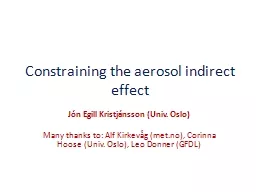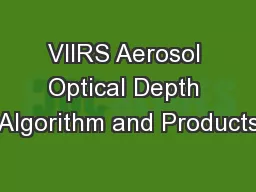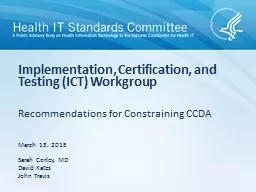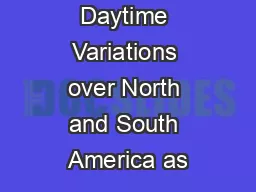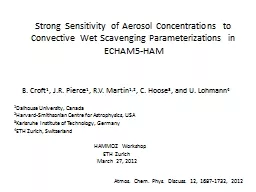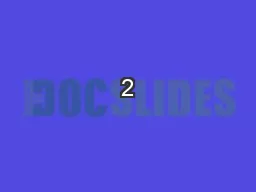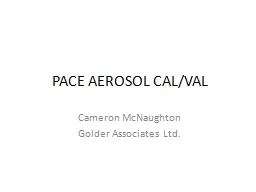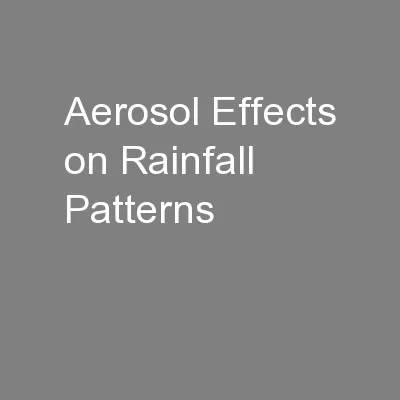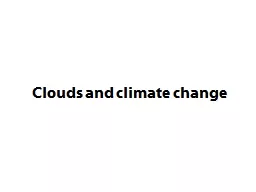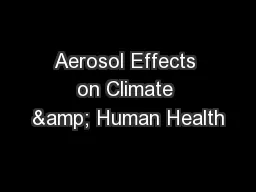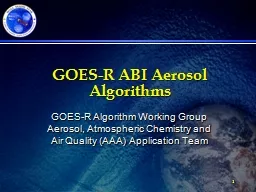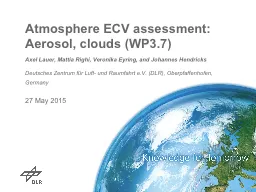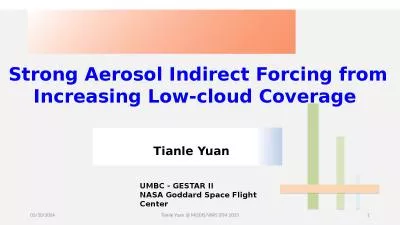PPT-Constraining the aerosol indirect effect
Author : trish-goza | Published Date : 2018-02-01
Jón Egill Kristjánsson Univ Oslo Many thanks to Alf Kirkevåg metno Corinna Hoose Univ Oslo Leo Donner GFDL Problem Definition Most GCMs give an aerosol
Presentation Embed Code
Download Presentation
Download Presentation The PPT/PDF document "Constraining the aerosol indirect effect" is the property of its rightful owner. Permission is granted to download and print the materials on this website for personal, non-commercial use only, and to display it on your personal computer provided you do not modify the materials and that you retain all copyright notices contained in the materials. By downloading content from our website, you accept the terms of this agreement.
Constraining the aerosol indirect effect: Transcript
Download Rules Of Document
"Constraining the aerosol indirect effect"The content belongs to its owner. You may download and print it for personal use, without modification, and keep all copyright notices. By downloading, you agree to these terms.
Related Documents

